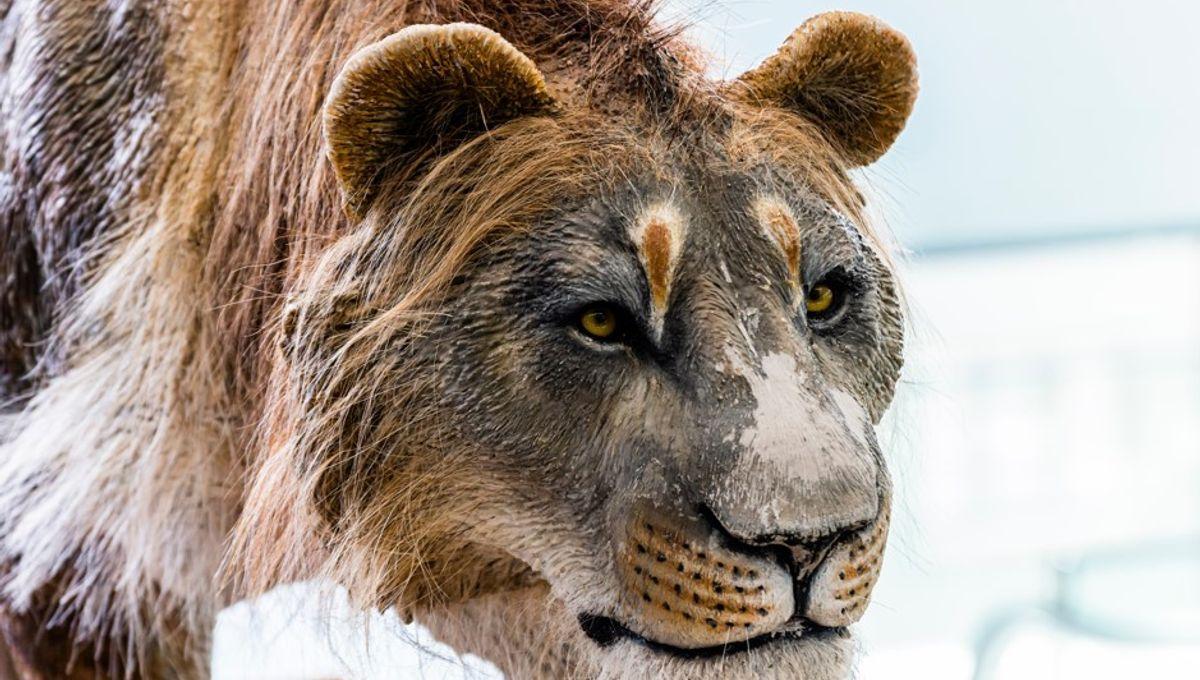-
Ροή Δημοσιεύσεων
- ΑΝΑΚΆΛΥΨΕ
-
Σελίδες
-
Blogs
-
Forum
Neanderthals Repurposed Cave Lion Bones Into “Multifunctional Tools” 130,000 Years Ago

Neanderthals Repurposed Cave Lion Bones Into “Multifunctional Tools” 130,000 Years Ago
Neanderthals living in what is now Belgium made a kind of prehistoric Swiss Army Knife from the bones of a cave lion some 130,000 years ago. Found in the hugely significant Scladina Cave – which once yielded the remains of a well-preserved Neanderthal child – the ancient utensils provide the first evidence that our extinct cousins exploited Eurasia’s most fearsome predator for practical purposes.
“The discovery at Scladina of bone retouchers crafted from cave lion remains represents an extraordinary and unparalleled finding within the Paleolithic archaeological record,” write the authors of a new study about the artifacts. “The faunal assemblage provides the earliest evidence of bone tools crafted from cave lion remains,” they add. Examples of prehistoric humans hunting large cats are extremely rare in the archaeological record, with the earliest known case coming from the famous Gran Dolina cave in Spain, where pre-Neanderthal hominids – most likely Homo heidelbergensis – killed lions (Panthera leo fossilis) around 300,000 years ago. Later on, Neanderthals in Germany made a garment from the pelt of a cave lion (Panthera spelaea). Yet the new study shows that some groups of Neanderthals may also have targeted cave lions because their bones were the perfect shape and size for making tools. This clan was clearly not afraid of massive predators, as the osseous collection found within Scladina cave also contains large numbers of tools made from the bones of cave bears. Describing the feline findings, the study authors explain that the long limb bones of a single adult cave lion were worked into “multifunctional” tools that were sequentially re-shaped and repurposed. In total, the researchers discovered four such tools, all of which are described as “retouchers”, meaning they were used to refine the edges of other tools. However, it’s likely that these implements served a range of different functions before being converted into retouchers. For instance, one of the artifacts was deliberately bevelled at one end, suggesting that it may previously have functioned as a chisel. The study authors also point out that the “chaîne opératoire” demonstrated by these cave lion tools – meaning the sequence of steps by which they were produced – appears identical to that of all other bone tools at Scladina, including the cave bear artifacts. This suggests that these Neanderthals may not have attached any symbolic significance to either bears or lions, but selected these animals purely for the suitability of their bones for tool-making. In the case of the cave lion, the ancient humans specifically targeted the creature’s tibia because its size, shape, and “structural integrity” were ideal for this purpose. “Thus, the selection process reflects deliberate choices rooted in practical concerns rather than species-specific preferences, highlighting a sophisticated understanding of material properties and tool design,” conclude the researchers. The study has been published in the journal Scientific Reports.


